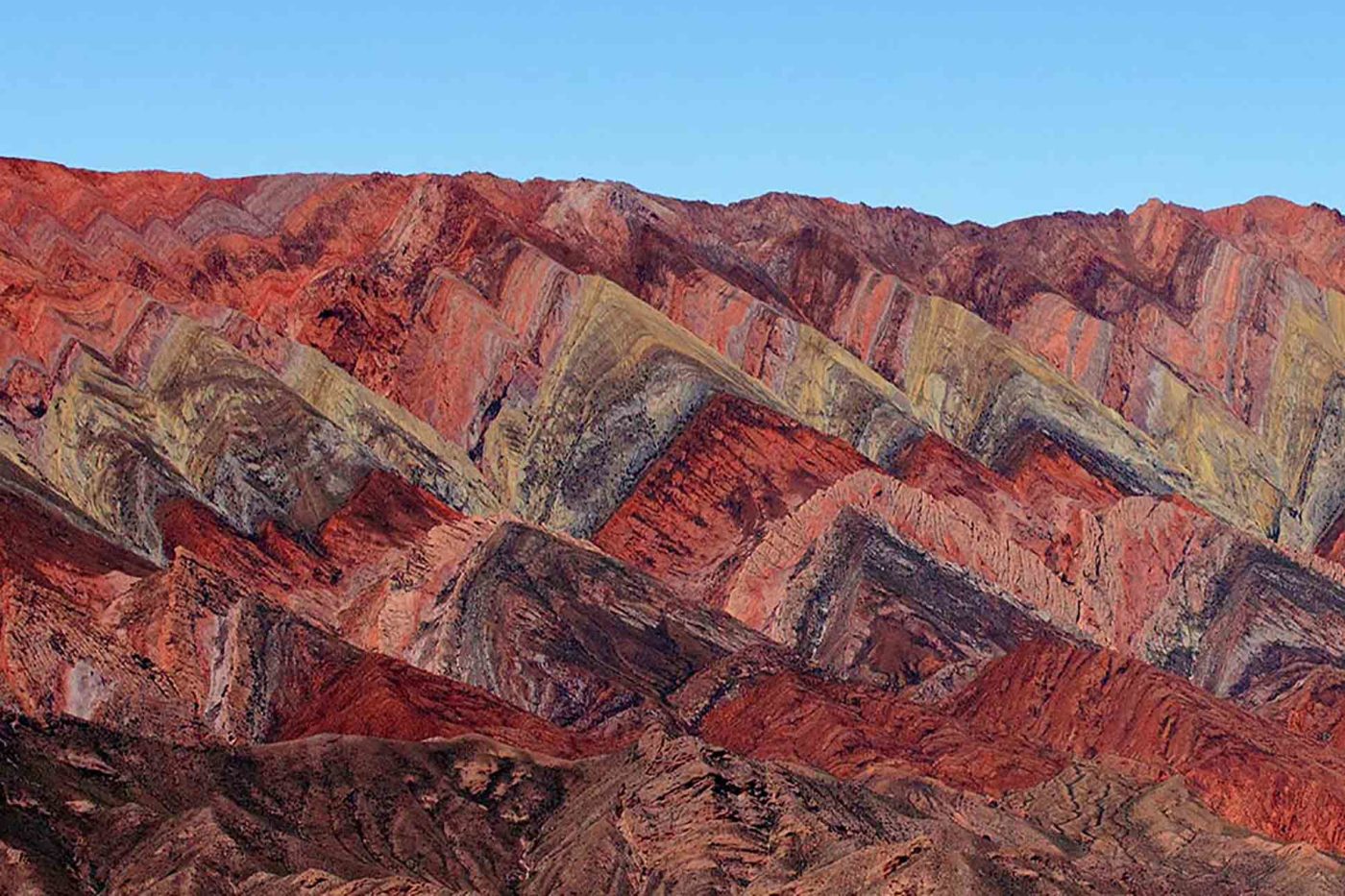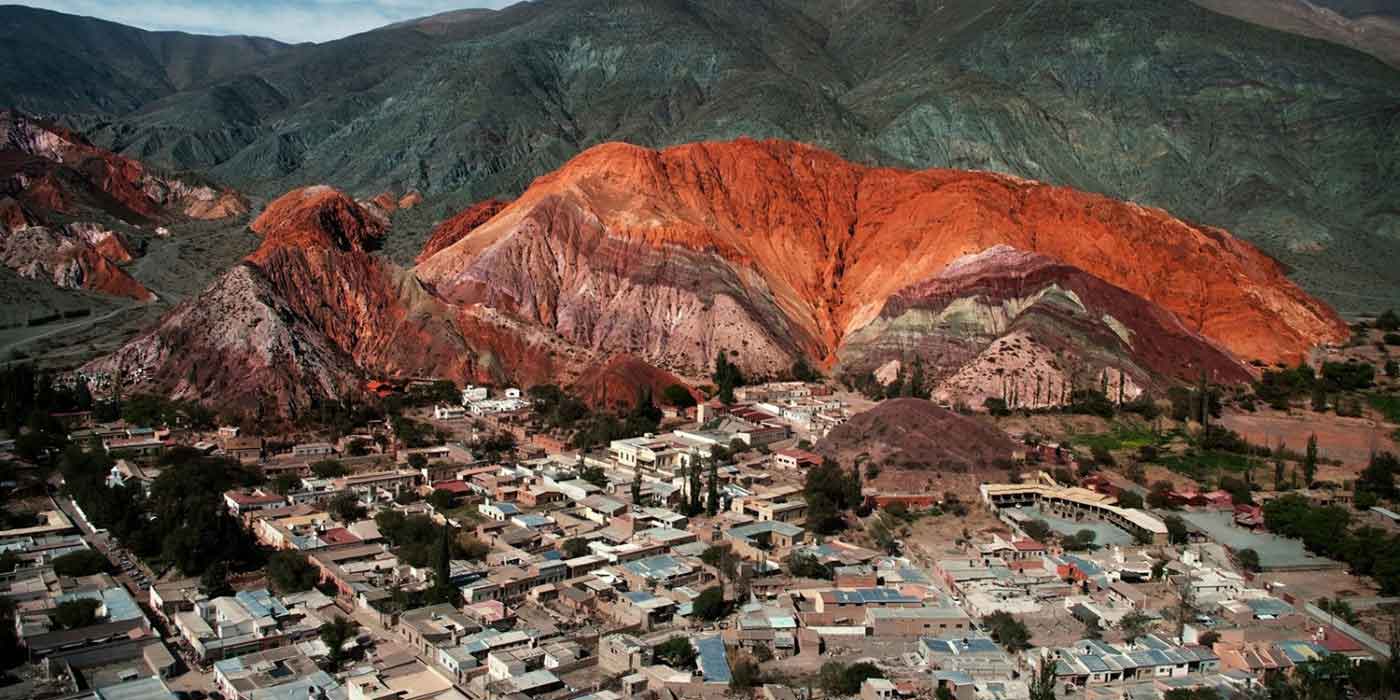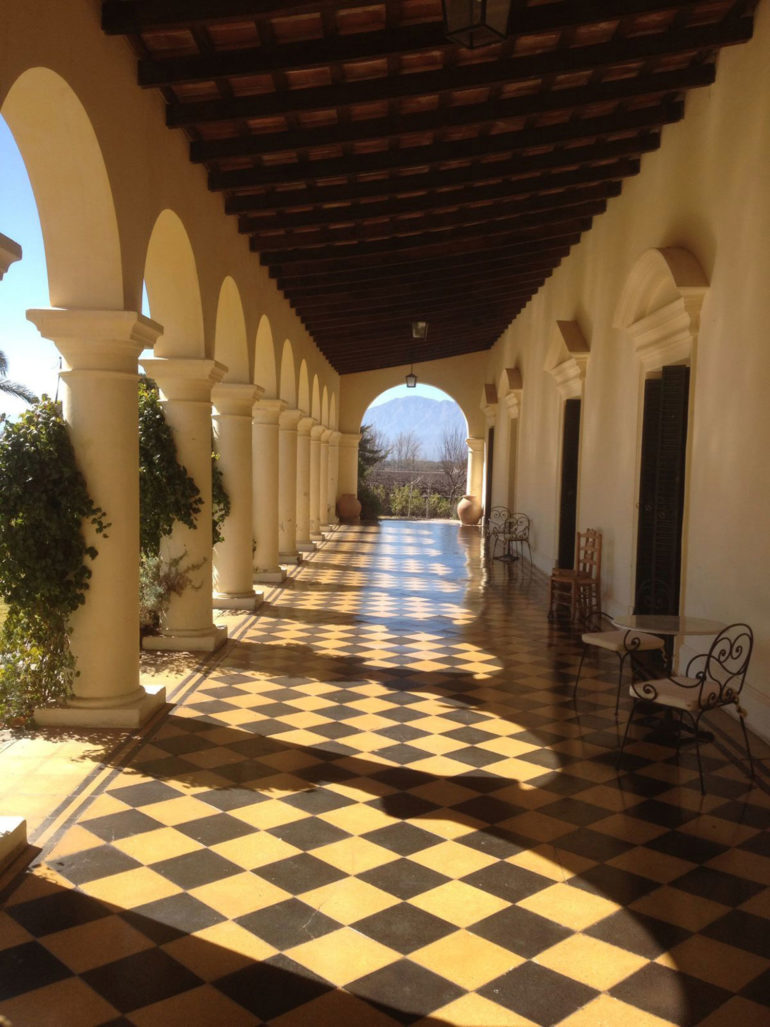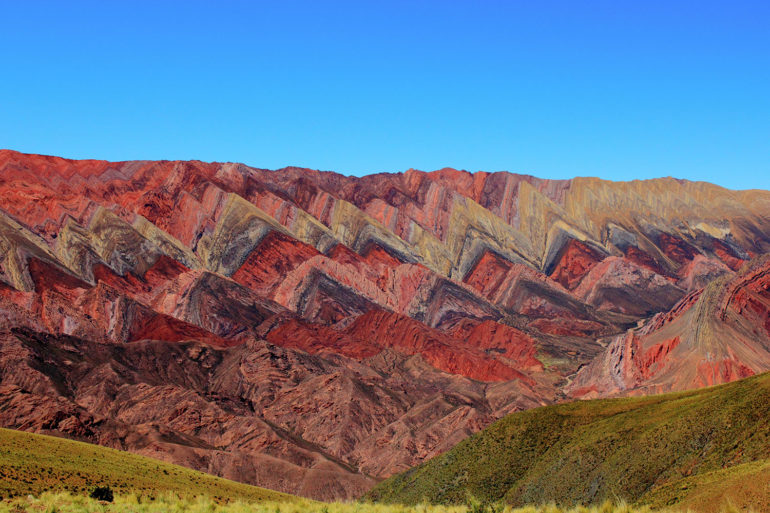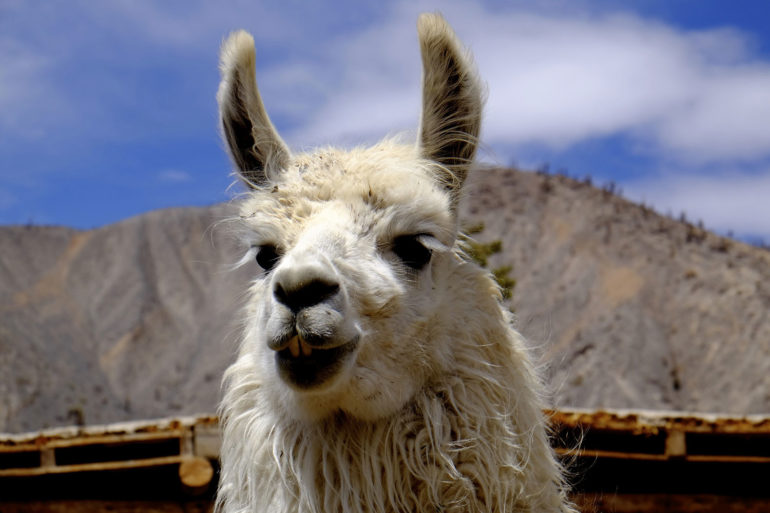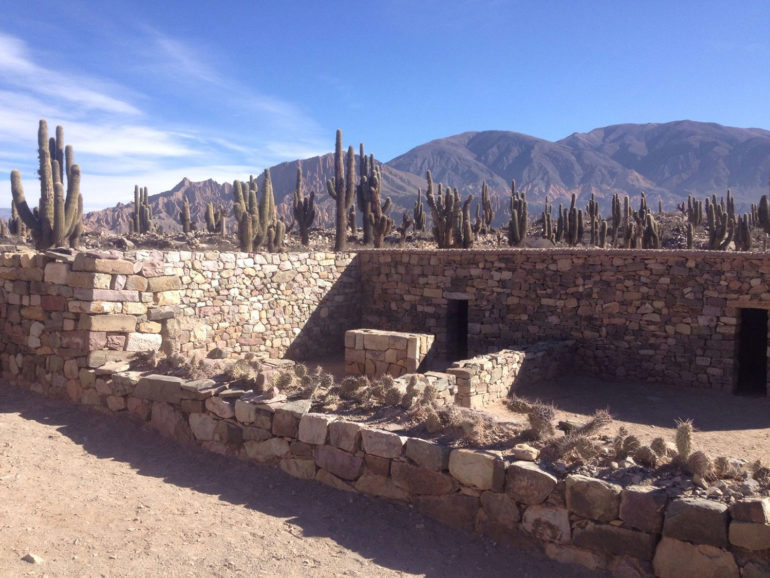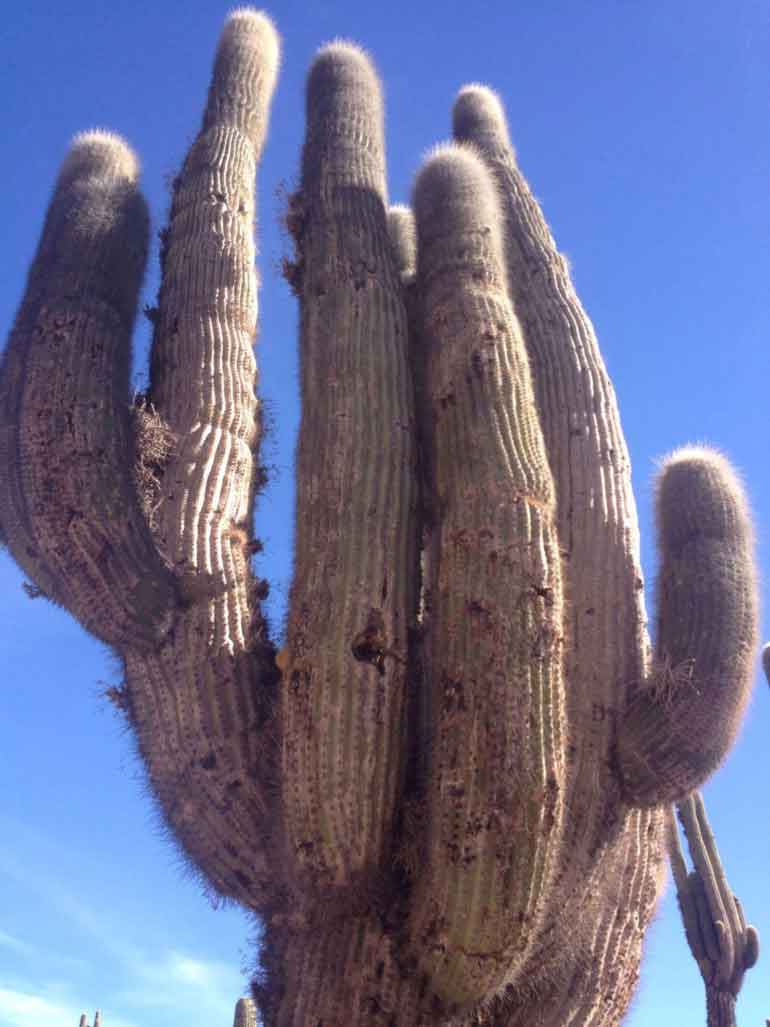Zack Cahill goes well beyond Buenos Aires, exploring the North Argentine Andes on his journey to the South American continent.
Too often these days, the journey itself is seen as the tedious bit; the no man’s land between where you are and where you want to be. But not in Argentina. Never have I been in a country where the in-between parts – the travelling – have been quite so spectacular, interesting and educational.
Flying from Buenos Aires to Jujuy, I notice the change immediately. Buenos Aires is very European, but here the people have the darker skin and stronger features you more readily associate with South America. I meet my guide Gabrielle, a scholarly looking guy in his fifties, a bit like a Latin American Bertrand Russell. We each speak patchy versions of one another’s language, making communication both easy and accidentally amusing.
It’s a grey overcast day as we drive through Humahuaca Gorge, climbing to an altitude of 3,000 meters. Not for long though.
“In two minutes’ time it will be summer,” Gabrielle says enigmatically. And sure enough, the clouds burn off completely and the sun appears in a perfect azure sky, thanks to some topographical anomaly, a full description of which lies far beyond the jurisdiction of Gabrielle’s English or my Spanish.
We speed through a town called Mai Mala, which means ‘falling star’ in the ancient tongue, so named for an asteroid that crashed into a mountain here some millennia ago, leaving a near-perfect circle in the rock.
“This is a very important river,” he says, pointing out the window at what looks to me to be dry scrubland. It being the dry season, the rivers are reduced to mere dribbles. If you travel enough, you find these odd peculiarities where people are super obsessed with little geographical details and think you will be too. But Gabrielle’s enthusiasm is more infectious. He introduces each town by introducing its river, noting how clean it is, how important it is to the agriculture. “Good Andean potatoes, quinoa. No chemicals, everything’s organic.”
As we rise higher, the lush vegetation falls away revealing stunning mountains, with the undulating colours of a three-day-old bruise, stained by the volcanic minerals that abound in the soil to create geological magic. The red comes from iron, the green from copper, the purple from a mineral he can’t translate.

This story first appeared in The Inspirational Argentina Issue, available in print and digital.
Subscribe today or purchase a back copy via our online shop.
We stop at the ancient town of Pulcara, where the Omaguaca people lived before the Spanish came. It’s an insane, Wile E. Coyote landscape swarmed by cacti. Up-close these plants look like huge gnarled hands, as if nature reached up out of the very earth to give you the finger. The buildings are squat, stone affairs, cool on the inside. We are right in the belly of the Humahuaca Gorge with spectacular mountains either side, beyond which lies the Bolivian rainforest. I’ve been a little anxious about the altitude, having a delicately calibrated immune system and severe asthma, but as I wander through the abandoned village I notice only a slight heaviness if I walk too fast, hammering home the point that no one needs to walk anywhere fast in this part of the world.
We meet Santos, who runs llama treks in the area. Llamas are basically Buddhist camels; they look a lot like them but have a far more zen attitude and don’t go in for all the spitting or biting. The downside is you can’t ride them. They can only carry about thirty kilos. But they are incredibly social animals. They love to hang out together, so in the old days, it was easy to drive a hundred of them over great distances to transport goods.
Santos brings us on a short hike in the hills. We end up at his house for a simple lunch of biscuits, local goat cheese and Mate tea. I notice a small circle of rocks on the grass near our table and Santos explains that it is a small shrine to Pachamama, the goddess worshipped by indigenous Andean people, essentially Mother Nature. We make our offering to Pachamama, dropping a little of our food or splashing a bit of our wine on the shrine, and take a moment to drink in the near-silent surroundings, the sun just beginning to settle down for the evening.
As we drive on, Gabrielle tells me about Los Solteros, some kind of crazy fertility rite that happens here. Again this is one of those conversations our language barrier can’t quite straddle, but it seems that there’s a bundle of rocks with a picture of the devil buried inside and every year people have a four day festival of sex. Now, if I have grossly misinterpreted him thus offending Andean religious sensibilities, I can only apologise. I should have studied harder at Spanish in school.
The next day we drive onward to the Finca Quara winery in Cafayate, 1,700 metres above sea level, one of the highest places in the world where viticulture exists. The winery is set on a magisterial estate, with Roman columns and terracotta roof tiles. Our guide opens with the line, “A bottle of wine is a lot like a woman,” which prompts chuckles from the solidly gay tour group. When you think Argentina, you tend to think Malbec. It’s as close an association as Britain and tea, or Australia and things that can kill you. But wonderful as a big ballsy Malbec is, the Argentinian wine industry is no one-trick pony. As we wander through the estate getting pleasantly drunk on the go, the specific details of the winemaking process get slightly lost on me, but the wine is wonderful. Torrontes is a crisp, fresh white wine similar to Sauvignon Blanc. But even better is the bolder, full-bodied Tannat red. Finca Quara’s signature bottle is a Malbec-Tannat blend that the group devours. I buy a bottle to drink on the patio of my hotel later. I remember to save a splash for Pachamama. Given the natural beauty on display here, she deserves it.
To end up at Finca Quara on your road trip to Cafayate, visit www.fincaquara.com.
Get out there
Do…
… take a whole day to tour the geology of the area – there’s so much that’s so beautiful and colourful. Hire a guide (who speaks your language) to make the most of the experience.
… try the local wine ice-cream. It’s seasonal, but if you see it on sale, make sure you taste it.
… try to make a stop at La Última Pulpería, an old store left unchanged since the 1920s.
Don’t…
… give all your wine time to Mendoza, because Cafayate’s fincas and bodegas produce great wines.
… be scared of the llamas – they’re beautiful, calm and placid creatures. Once you know about their gentle nature, it’s hard not to fall in love.
… fret if you’ve had too much wine (if that’s even possible). Salta beer, the local brew from the nearby city is a must-try beverage.


